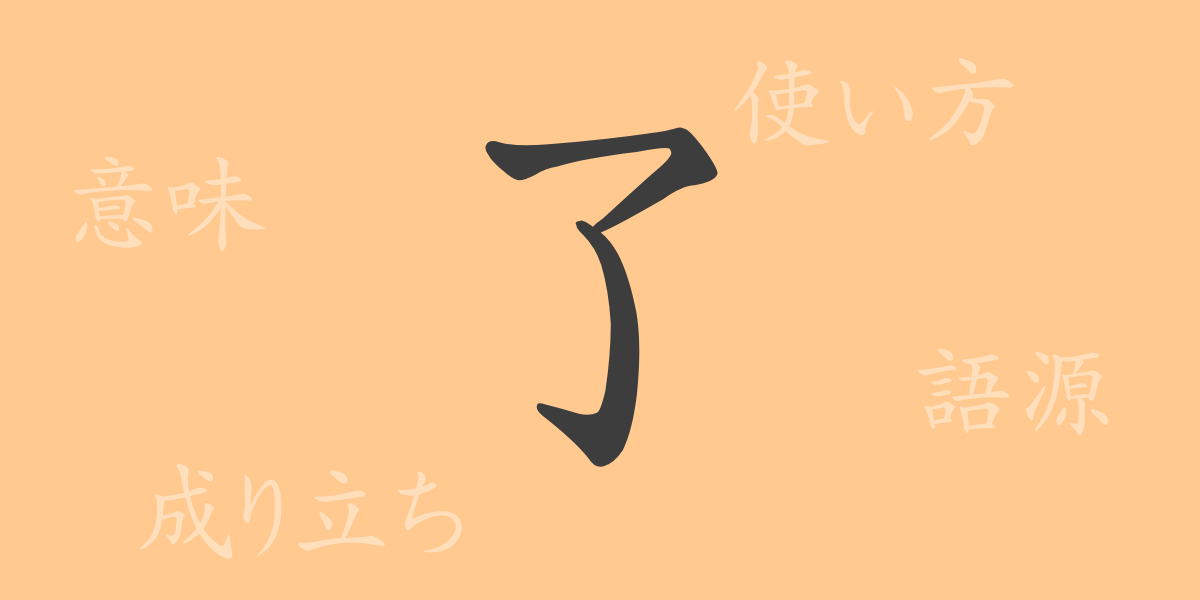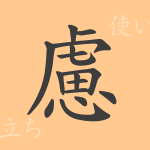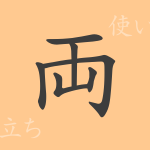The beauty of the Japanese language lies in its rich expressions. The meaning embedded in each character tells the depth of Japanese culture. This time, we focus on the 常用漢字 (jōyō kanji) “了” (ryō), delving into its origin, meaning, usage, as well as idioms and proverbs. Through this article, we hope you will touch the world of the kanji “了” (ryō) and feel the profundity of the Japanese language.
The Origin of 了 (ryō)
The kanji “了” (ryō) has an ancient history that belies its simple shape. This character, which began to be used in ancient China, was originally a pictogram representing “a woman spinning thread.” Over time, its form was simplified to the current “了” (ryō). This transformation tells the evolutionary process of kanji.
The Meaning and Usage of 了 (ryō)
The kanji “了” (ryō) has usages meaning “end” and “completion.” It also carries the meaning of “understanding,” and its usage varies greatly depending on the context. For example, in the word “了解” (ryōkai), it means “understood,” while in “終了” (shūryō), it means “end.”
Reading, Stroke Count, and Radical of 了 (ryō)
The kanji “了” (ryō) is frequently used in Japanese, and its readings and structure are relatively simple.
- Reading: In 音読み (on’yomi), it is read as “リョウ” (ryō), and in 訓読み (kun’yomi), it is read as “さとる” (satoru) or “おわる” (owaru).
- Stroke Count: “了” (ryō) is composed of only 2 strokes.
- Radical: The radical of this kanji is “亅” (kēn).
Idioms, Proverbs, and Phrases Using 了 (ryō) and Their Meanings
There are numerous idioms, proverbs, and phrases that include “了” (ryō), each demonstrating the richness of Japanese expression. Here are a few examples:
- 了解 (りょうかい, ryōkai): Meaning “understood,” it expresses consent.
- 了承 (りょうしょう, ryōshō): Meaning “acknowledged,” it indicates agreement.
- 一件落着 (いっけんらくちゃく, ikken rakuchaku): A phrase meaning that one matter has been completely resolved.
- 始末に負えない (しまつにおえない, shimatsu ni oenai): Meaning a situation is out of control and troublesome.
Summary of 了 (ryō)
The kanji “了” (ryō), as its shape suggests, is simple yet holds diverse meanings and usages. This frequently used kanji blends into everyday words, enhancing the expressive power of the Japanese language. Through this deep dive, we hope you could sense the layers of meaning carried by “了” (ryō). Let’s continue to cherish the history and culture embedded in each kanji and rediscover the beauty of the Japanese language.
“`

























